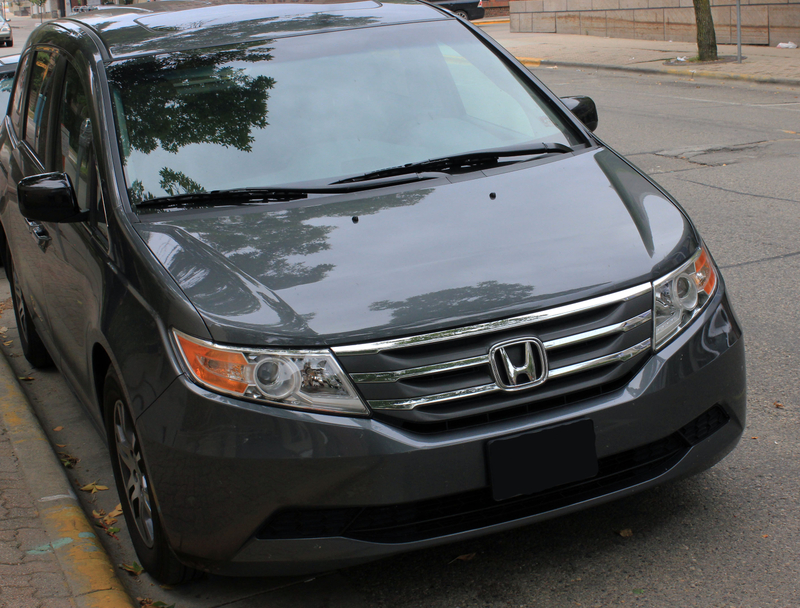A Shattering Breakthrough
This task is about reading to find information and make inferences.
Read the article about the development of safety glass, then answer the questions.


|
Safety glass in the windscreens of cars has saved countless people from serious injury. Safety glass shatters like most forms of glass. However, instead of flying apart, the splinters are held together in a sheet by a strong, thin lining of plastic. Safety glass was developed as the result of a laboratory accident at exactly the right time – the early 1900s, when the numbers of both cars and motor accidents were rapidly increasing.
In 1903, a French chemist called Edouard Benedictus dropped a glass flask on the floor of his laboratory. The flask shattered but, to Benedictus's surprise, the glass did not fly apart. Rather, the shards and splinters stayed together in the shape of the original flask. The flask had contained a solution of cellulose nitrate. A thin film of this chemical had been left behind in the flask and formed a lining. This lining was strong enough to hold the glass together when it broke. Benedictus kept and labelled the interesting flask. He thought little more of it until a few weeks later, when he read of two accidents in which motorists had crashed and been seriously injured by flying glass.
He realised that his own laboratory accident could provide a protection against this serious danger. He retrieved the labelled flask and set to work overnight in his laboratory. By the end of the following day, Benedictus had created the first sheet of safety glass.
|

